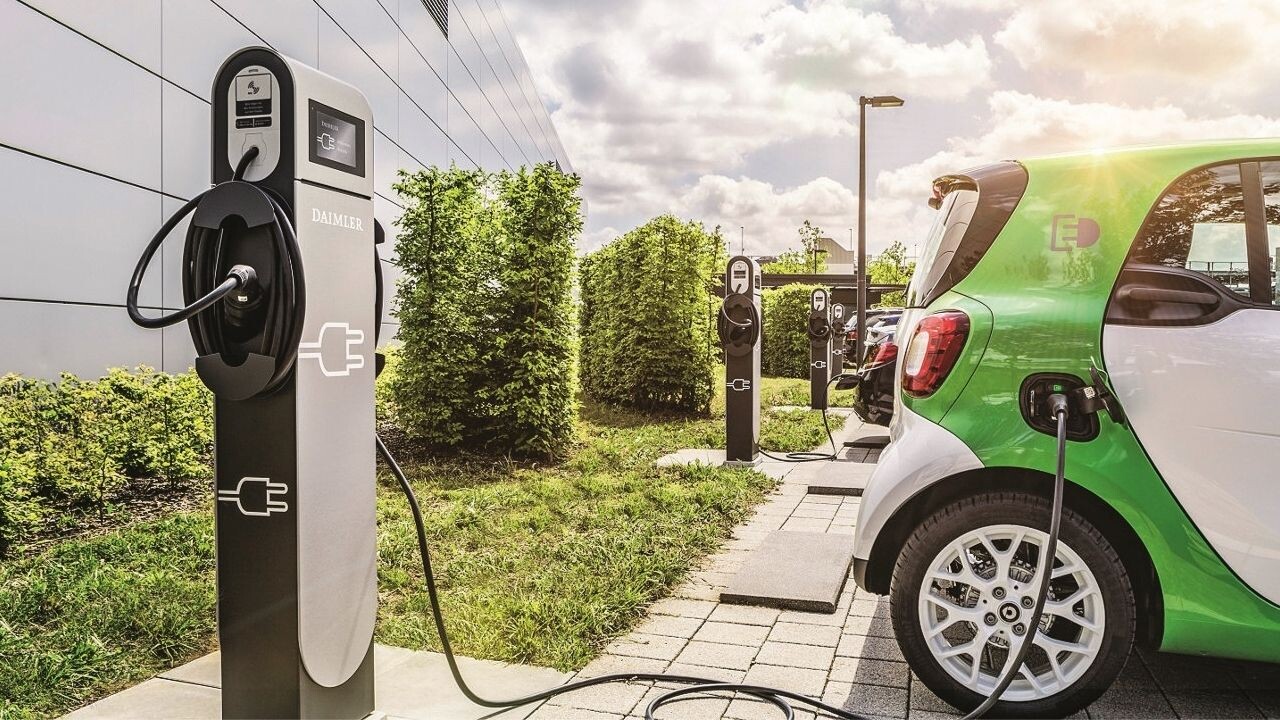The transition from animal-drawn carriages to cars in the beginning of the 20th century was the first technological revolution in the motoring world. One hundred and twenty years later, we’re in the middle of the second biggest automotive revolution: the switch to electric vehicles.
As the BBC’s Justin Rowlatt explains, the electric revolution will happen much faster than expected.
An enlightening parallel
To illustrate his prediction, Rowlatt offers an illuminating parallel, that of the internet, and he suggests that the EV market is about where the internet was around the late 1990s or early 2000s.
He demonstrates that the internet, like all new successful technologies, didn’t follow a linear path to mass adoption, but rather a gradual development, which can be described by an S-Curve.

Back in 1969, when the internet was born, it was at the lowest point of the S, relevant for one decade only to a very small group of people. But from the 1990s onwards, the market started to grow, the technological performance improved. and prices fell rapidly, prompting more people to log on to the internet. By the 2000s, growth became exponential, there were millions online, and the S started curving upwards. Now, with more than 3 billion internet users, the S begins to incline towards the horizontal line, which means its growth is slowing, as almost everyone who wants to be online already is.
In which part of the S-Curve are EVs?
The same pattern of a slow start, exponential grow, and then a slowdown to a mature market was followed by the internet, smartphones, and internal combustion engines, to name just a few. The EVs are following the same trajectory.
Twenty years ago, GM made the first attempt to produce a modern EV. The infamous EV1 cost $1 billion to be developed and had a dreadful range of 80 kilometers. Naturally, the attempt failed and the production was shut down.
Since then, things have changed tremendously. The technology has improved, the range has risen to an average of 300 kilometers, battery capacity has increased, and the cost has fallen significantly thanks to the drop in battery prices, which is expected to make electric vehicles cheaper than internal combustion vehicles. In fact, given the cost of fuel and servicing of conventional cars, many EVs are already more affordable than the petrol or diesel alternatives.
Like the internet in the 90s, the electric vehicle market is already growing exponentially, taking a leap upwards.
How fast will the EVs dominate?
Rowlatt says very fast.
Global sales of EVs skyrocketed in 2020, rising by 43% and reaching 3.2 million units.

This makes up only 5% of the total car sales, but it does show that we are in the vertical phase of the S-Curve.
According to the latest forecast by the investment bank UBS, by 2025 electric cars will account for 20% of global car sales. By 2030 this will jump to 40%, and by 2040 all new cars sold are expected to be electric.
As a matter of fact, we can see this trend happening already.
More and more countries are considering banning internal combustion vehicle sales between 2025 and 2030, with Germany, India, China, and Norway among others taking the lead.
Car companies are also phasing out internal combustion engines. GM has committed to making only EVs by 2035, Ford has said all its European models will be electric by 2030, and VW has announced that 70% of its sales will be electric by 2030. The list goes on.
Towards the electric future
All in all, the transition to EVs seems much closer that we had imagined. That doesn’t mean there isn’t still work to be done before they can replace internal combustion vehicles completely. Most notably, the charging infrastructure needs to expand further, to accommodate the needs of an electric future. But considering their rapid growth, I suggest you get your hands behind an EV wheel, if you haven’t already done so!
Do EVs excite your electrons? Do ebikes get your wheels spinning? Do self-driving cars get you all charged up?
Then you need the weekly SHIFT newsletter in your life. Click here to sign up.
Get the TNW newsletter
Get the most important tech news in your inbox each week.
